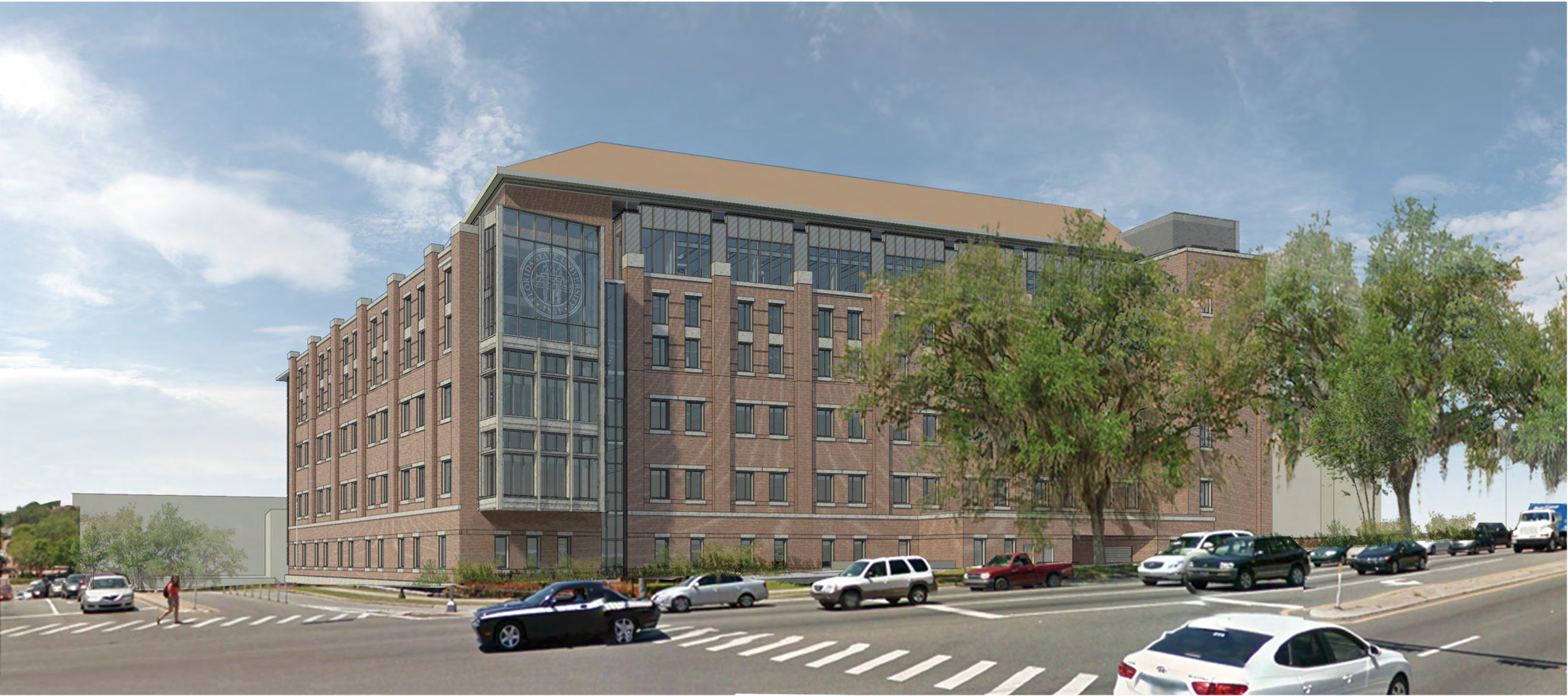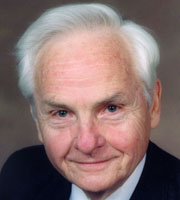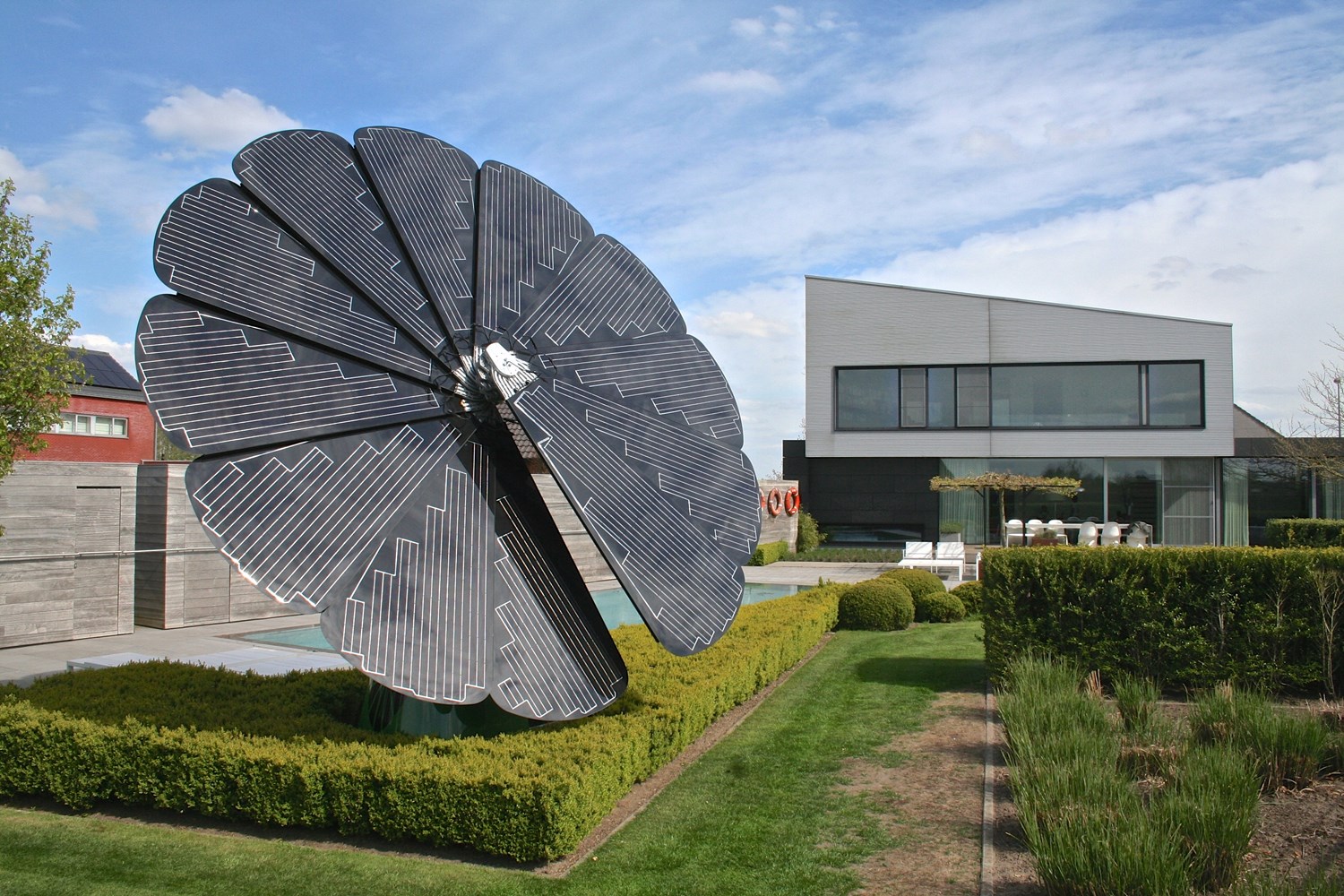Construction advances on state-of-the-art Earth, Ocean and Atmospheric Science building

With an anticipated completion date set for summer 2019, excitement is mounting over the new multimillion-dollar, state-of-the-art home for Florida State University’s Department of Earth, Ocean and Atmospheric Science (EOAS). The state Legislature provided more than 80 percent of the funding for the building in previous sessions; FSU’s leadership successfully lobbied to receive the remainder this past year, in order to stay on schedule.

stands in front of the construction site for the new facility in November 2017
The department is now spread across campus in several outdated buildings, so it’s no wonder its 43 faculty members, 30 staff members, 450 undergraduate majors, 140 graduate students, and the several thousand students taking Liberal Studies geoscience classes can’t wait to move in. FSU’s programs in environmental science, geology, meteorology and oceanography merged about eight years ago to create the current EOAS department.
“Our faculty and students concentrate their efforts on improving our understanding of how our planet works and are very excited to be given the opportunity to perform our teaching and research missions under one roof in a new, state-of-the-art science complex,” said department chair James Tull.
The university celebrated the groundbreaking in October 2016, and Tull is pleased that construction for the six-story, 130,536-square-foot-building is ahead of schedule. The building will be located at the southwest corner of West Tennessee Street and Woodward Avenue and will serve as an imposing new landmark at the university’s north gate.
“We are at a unique time in history with respect to the need for critical geoscience information, and EOAS is well positioned to contribute highly trained geoscience graduates and research results and solutions to deal with the immense problems facing our state, nation and the world’s population,” Tull said. “The people in our department are well positioned to contribute to, if not frame and initiate, those solutions.”
Among the issues faculty and students are addressing: the quality and quantity of water, food, and air available to us; the need for a variety of energy and other earth resources; global climate and sea-level change; sources of industrial raw materials; understanding of and better reacting to natural hazards such as hurricanes and other severe storms, earthquakes, volcanoes, landslides, tsunamis; and gaseous, liquid, and solid waste management.
Over the five-year period ending in summer 2013, the EOAS department produced 472 STEM graduates, and its faculty generated more than $64 million in external research funding. Tull predicts that the new building will allow faculty even more opportunities to enhance multidisciplinary research opportunities and will significantly increase the department’s ability to attract external research funding.

emeritus of oceanography
Also cause for celebration are two recent gifts of equipment made to the department by prominent scientists: a Smartflower solar panel disk and a real-time seismometer that will be part of the Global Seismographic Network.

donated to the department by John Winchester, FSU professor
emeritas of oceanography
Jack Winchester, a professor emeritus of oceanography at FSU and longtime proponent of renewable energy and conservation, purchased the Smartflower. The system, which will be displayed prominently on the first-floor roof of the large classroom extending outward from the south side of the new building, is a collapsible disk of solar panels that move along with the sun so as to grant the maximum amount of access to sunshine. Fully opened, the “flower” is almost 16 feet tall and 16 feet in diameter, and needs an 8-foot clearance on all sides. It weighs 1,600 pounds and delivers, on an average, approximately 4,000 kilowatt hours of electricity per year — that’s about the amount of annual energy consumed by an average-sized house, or enough to power two electric cars.
Robert Hutt, who recently retired from the U.S. Geological Survey’s Albuquerque, New Mexico, Seismological Laboratory and has recently relocated to Tallahassee, has donated a state-of-the-art digital seismometer to

state-of-the-art digital seismometer
the EOAS program. Tull said the seismometer will be installed in a 100-foot borehole drilled into the limestone bedrock beside the southeast entrance of the new building. This seismic station, which will be part of the Global Seismographic Network (only the second in Florida), will be able to detect earthquake waves from all over the world.
Both the SmartFlower and seismic station will provide a solid basis for the public outreach efforts planned for the new building in the fields of environmental science, geology, meteorology and oceanography.
“Since the merger that created the department, EOAS has been expanding its reach across the earth sciences,” said Sam Huckaba, dean of the College of Arts and Sciences. “The degree programs are thriving and the faculty have been tremendously productive. The future building, though, will energize the department in ways not yet seen, allowing it to reach new levels of excellence. There is a decisive level of excitement in the air as this building project moves toward completion.”


